Knowledge Repository
Explore our collection of knowledge resources and documents.
Find valuable information below.
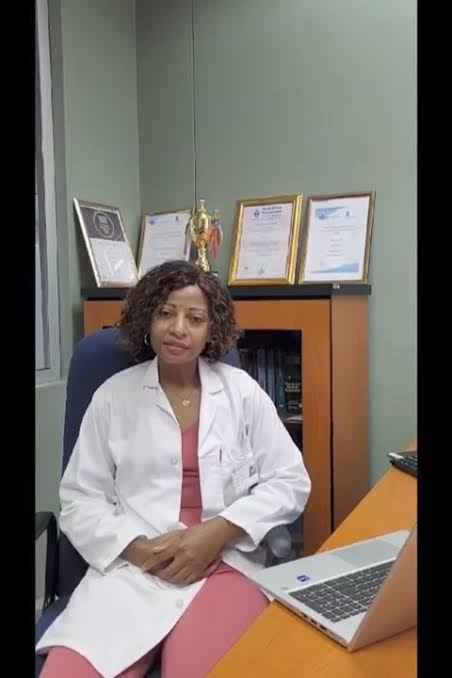
Pharmacy Speedy-Q System
The Speedy-Q system was implemented at Edenvale Hospital Outpatients Pharmacy to reduce patient waiting times. The pharmacy team conducted a study on waiting times- a common issue causing complaints and poor pharmacy experiences. Using the fishbone diagram, the root cause analysis revealed lengthy prescriptions, high patient volumes, staff shortages, inadequate infrastructure, and poor queuing systems as the main factors contributing to the issue. This was concerning to staff as working in a stressful environment impacts their mental and physical wellbeing. Pharmacy is the hospital's endpoint, causing outpatients to be exhausted from previous departmental consults and unable to queue for extended periods. Before Speedy-Q, waiting times ranged from 1 hour 15 minutes to 3 hours. Patients waited longer at pharmacy compared to the overall patient journey. Staff morale was affected, with staff taking sick leave four times a month. Due to human resource constraints and limited financial resources, a lean management approach was adopted, focusing on using available resources as a solution to the challenge. The dispensing process was restructured by implementing an innovative system to attain radical change and combat the long waiting times. Over its 21-month period, Speedy-Q has displayed a 78% reduction in waiting times.
Date: 2025/11/11
Version: 0.1
Tags:
Patient Waiting Times
Pharmacy Innovations
Health Innovations
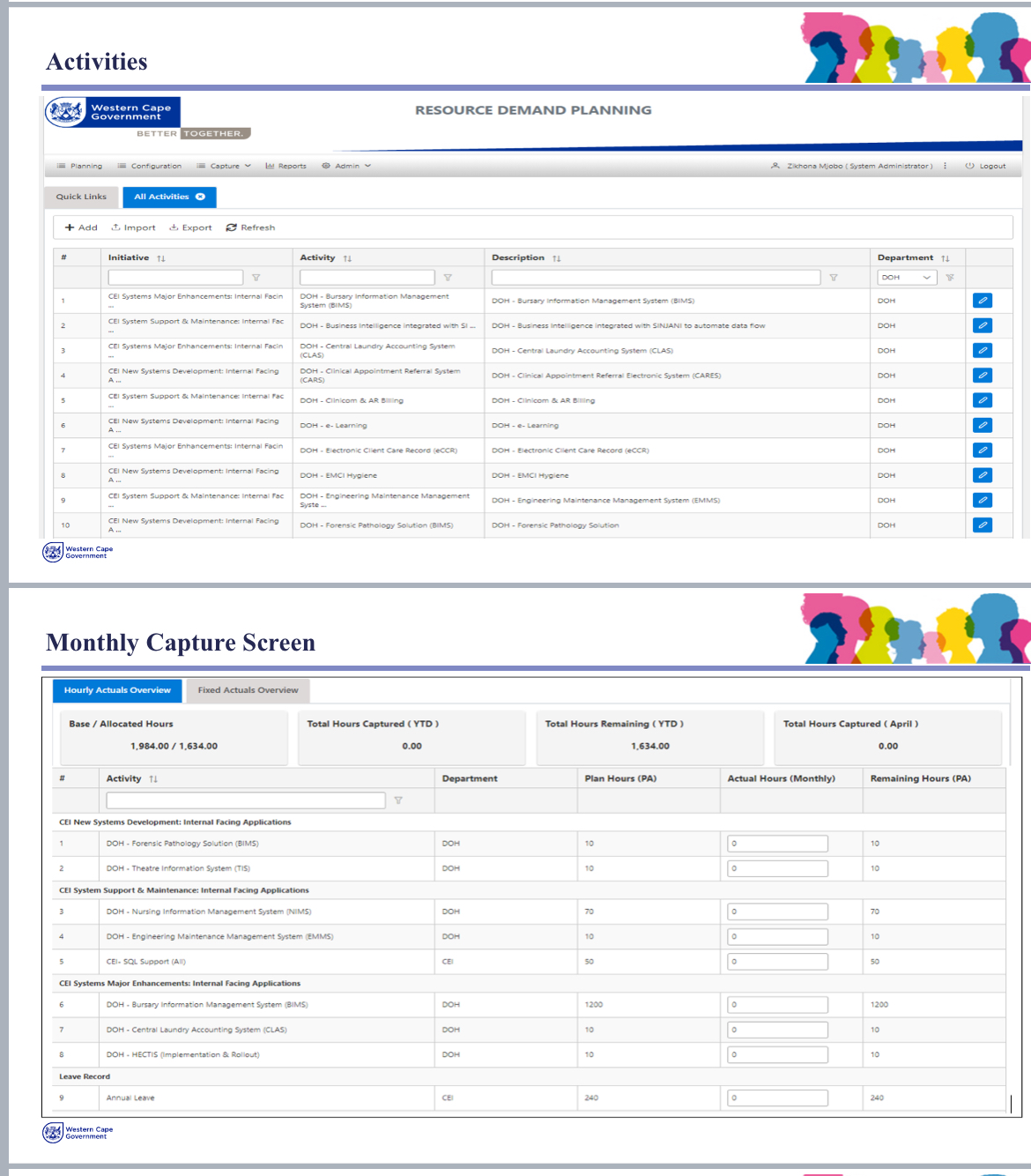
Demand Management Dashboard
The Department of Infrastructure (DOI) initiated the Demand Management Dashboard project to streamline, organize, and manage procurement activities across various programs. This web-based interactive tool serves as a comprehensive resource for all demand management-related requirements, including strategic sourcing, procurement planning, compliance, and procurement reporting. The solution offers robust data analytics, reporting, amendments, and guidance, significantly enhancing service delivery. The Demand Management Dashboard automates data capture, reporting, and compliance checks, ensuring a systematic, efficient, and transparent procurement process. Over the past 12 months, notable enhancements, such as integrating a chatbot using MS Copilot to assist staff with demand management queries, have further improved efficiency and transparency. By leveraging existing Microsoft tools like Excel Online, Power Apps, Power BI, MS Forms, and Power Automate (including AI models), the DOI eliminated the need for additional expenditure while achieving real-time visibility into procurement activities.
Date: 2025/11/11
Version: 0.1
Tags:
Microsoft Forms
Procurement Efficiency
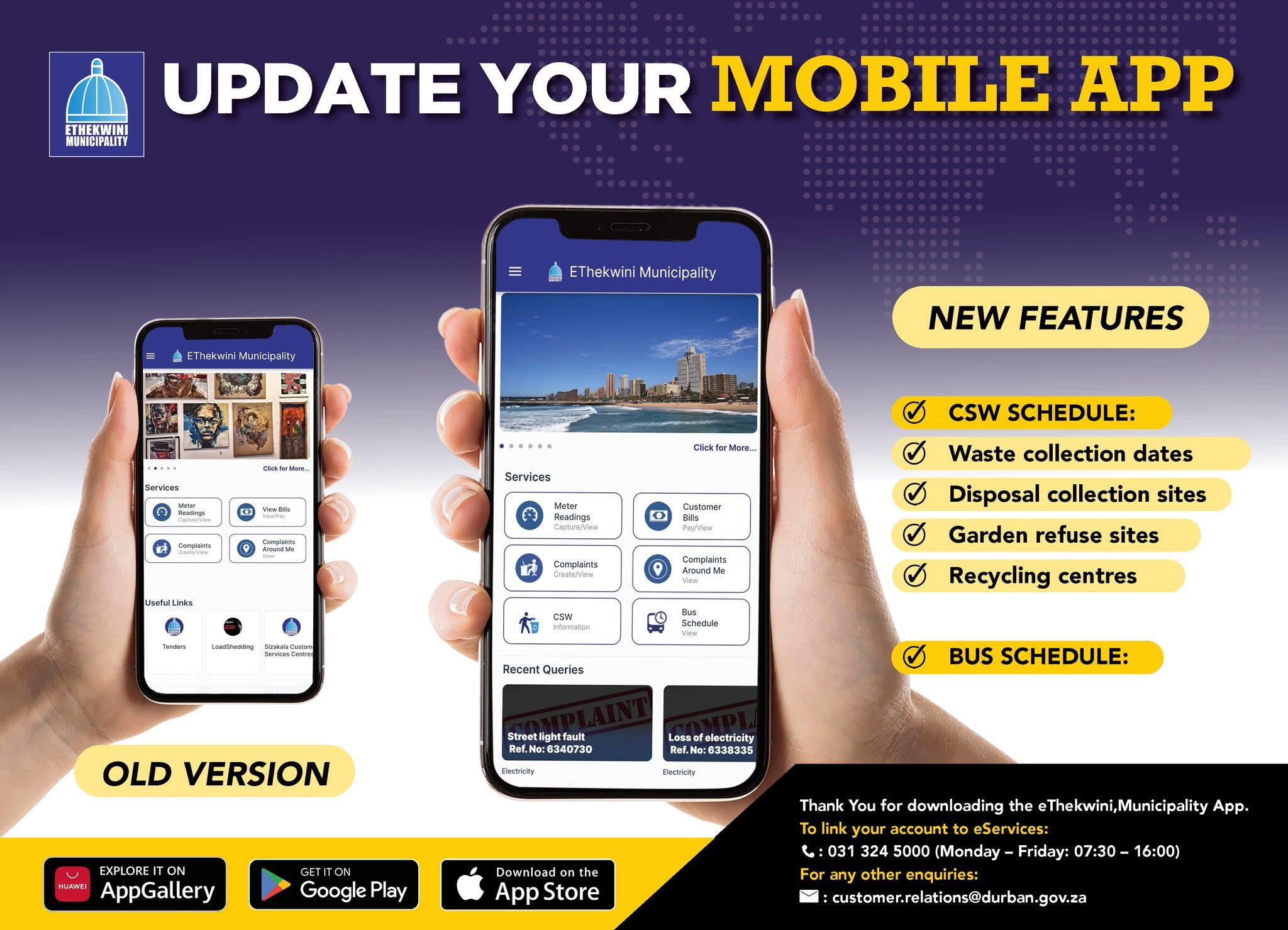
Ethekwini Mobile App
Customer Services within eThekwini Municipality is continuously exploring convenient and user-friendly platforms for customer engagement, one of which is the redesign of the mobile application, in order to offer a technology driven platform for the eThekwini citizen that requires minimal human interaction, improves customer engagement and promotes customer excellence. eThekwini Municipality currently has a customer focused mobile application which was commissioned in 2014, launched to the public in 2019 and Re- launch on the 23 July 2023. The mobile application offers the customer very basic and limited functionalities in relation to the vast services offered by the municipality. The eThekwini Mobile App is aimed at improving the engagement of customers with the Municipality by offering a quicker platform. This leads to the reduction of contact centre calls as well as foot traffic within the walk-in centres. The app also enables citizens to engage with the municipality in an efficient manner with shorter response times.
Date: 2025/08/22
Version: 0.1
Tags:
Local Government Innovation
Municipal App
Government In-house Solution

WCED ePortal
The Western Cape Education Department ePortal is an education-centric, large-scale distribution platform that provides teachers, learners and parents with online tools and resources to offer learners opportunities to improve educational results and throughput and to guide them to integrate into a technology-driven society and jobs market. The ongoing vision is to be the preferred delivery and engagement platform for digital educational content that addresses most educational needs, hosted within a curriculum focused ecosystem. WCED curriculum planners responded to school closure and disruption by developing more than 24 000 resources in three official provincial languages, at no cost to the end-user, and in alignment with the South African curriculum (CAPS). 31 000+ resources are hosted on the ePortal, readily available to everybody with internet connectivity.
Date: 2025/08/22
Version: 0.1
Tags:
eLearning
Government In-house Solution
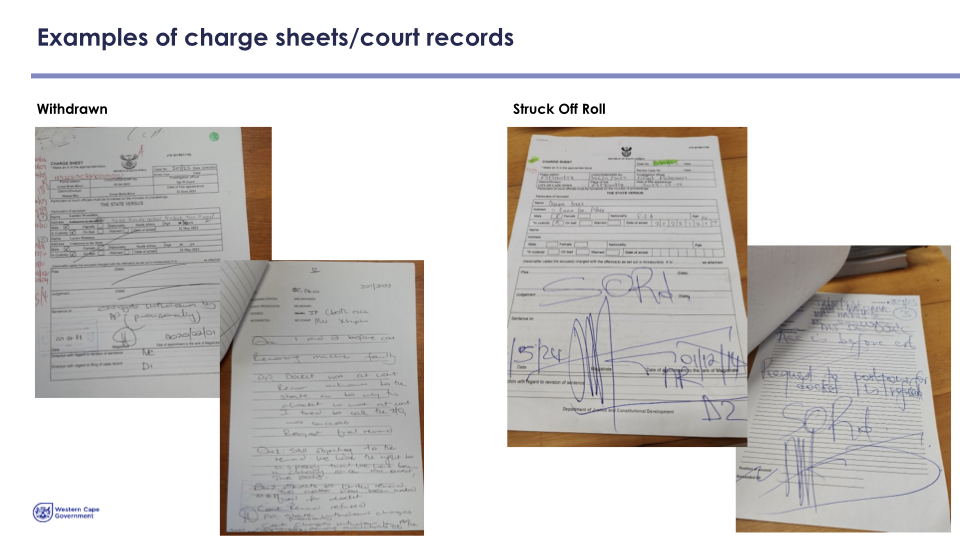
Court Watching
The Court Watching Brief is an initiative of the Department of Police Oversight and Community Safety to enhance its ability to perform oversight over the South African Police Service as mandated by Section 206 (3) of the Constitution. One of the challenges that was identified by the Court Watching Brief in the Western Cape province, was an increasing number of court cases that were either withdrawn or struck off the roll. To deal with this challenge, the Court Watching Brief (CWB) business plan was drafted and approved in April 2023 which operationalizes its’ service delivery plan for the 2023/24 financial year. The CWB covers all courts located within the six magisterial Districts of the Western Cape Region. The CWB identifies criminal cases to be monitored in support of the provincial vision and strategic objectives. These priority cases may include gender-based violence (GBV), murder, gang-related and related murder cases and criminal cases from the crime hot-spot areas. The primary objective of the CWB programme is to promote professional policing, police accountability and contribute towards increasing service delivery by the police. The oversight is performed by visiting all 56 Magisterial Courts in the Western Cape to monitor police conduct as well as the efficiency and effectiveness of the South African Police Service (SAPS). The primary objective of the Court Watching Brief is to contribute towards promoting professional policing and accountability in line with the National Development Plan. In order to make this work more efficient, they developed a solution that automated their processes and improved their offering.
Date: 2025/08/20
Version: 0.1
Tags:
Government I-nhouse Solution
Court Watching Brief
Community Safety and Security
Police Efficiency
MS Forms
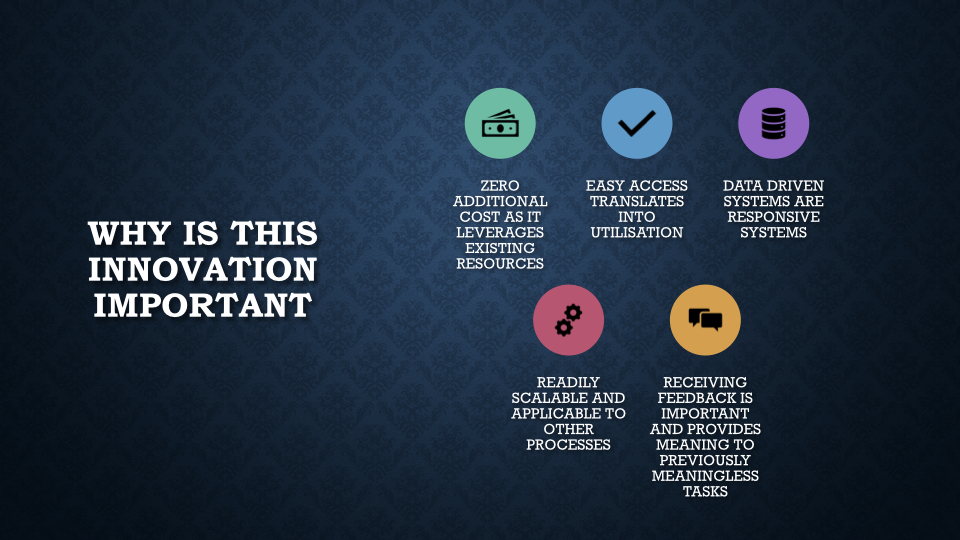
Linkage to Care
Community Based Services (CBS) are a critical tool in assuring the health of communities in resource poor settings. They have the tools to provide a comprehensive set of services which include nutrition, wound care, home based rehabilitation, adherence to therapy, palliative care and psychosocial support. They have been shown to reduce re-admission rates to hospital. There are 850 Community Health Workers and 62 registered nurses who provide CBS to the 1.1 million residents in the Klipfontein Mitchells Plain Substructure. The challenge is that these services are under-utilised due to administrative failures and inefficiencies in referring these patients. Less than 500 CBS referrals were completed in 2021. An informal audit revealed that contributory factors to low referrals included lack of staff awareness of available services, how to access these services, limited access to paper-based referral forms, limited administrative support to ensure paper forms were scanned/e-mailed and frequent scanner/computer failure. This meant that the limited referrals that were actually completed, often never reached the destination, to the detriment of the patient. It is for this reason that a Doctor at Mitchells Plain Hospital came up with a solution.
Date: 2025/08/19
Version: 0.1
Tags:
eHealth
Government In-house Solution
Community Health Workers
Community Based Services
MS Forms

Central Chronic Medication Dispensary and Distribution (CCMDD)
South Africa has experienced an unpredicted growth in patients requiring access to long term therapies driven in part by universal access to Antiretroviral Therapy (ART) and steady increases in patients with non-communicable diseases (NCD) requiring chronic therapy. There is an over extension of public sector health care facilities creating strain on available resources and has contributed towards medicine shortages and challenges in the quality of care provided. The experience of patients is one of protracted waiting times and often congested facilities. The CCMDD programme identified an opportunity to target the long term therapy category and provide an alternative, more convenient solution for stable patients to access chronic medicine. Prescriptions would be dispensed and packaged offsite, and delivered to pre-assessed external pick-up points (PuPs) to provide the patient with a location that may be nearer to their homes or work place and result in reduced transport costs and decrease the economic burden on the patient. Prescribing would be done by public health facilities and dispensing and PuP services would be offered through private contracted parties. An ICT system was developed to manage the data transfers through the value chain from prescription to patient collection.
Date: 2025/08/13
Version: 0.1
Tags:
Digital Health System
Pharmacy Innovation

Performance Management Information System (PERMIS)
Historically performance contracting and evaluation was done manually, using MS Excel and Word, which proved to be time consuming and inefficient. This process also lacked transparency and governance from an ICT and people management perspective. As businesses matured, they looked at innovative ways to optimise some of the HR processes such as the performance management processes. The goal was to improve the process by moving away from the paper-based way of working, towards an PERMIS was developed to bring about standardisation of performance management processes in WCG as well as addressing process transparency and governance in managing employee performance. The Ce-I and People Management Branches note that the ever-increasing complexity of performance management necessitates continual improvement and reiteration of PERMIS so that employee performance in the province is objectively measured, and optimised. automated process and workflow.
Date: 2025/08/07
Version: 0.1
Tags:
HRM Solution
Government In-house Solution
Performance Management
.jpeg)
Digital Patient Journey (HMS2)
The project is transitioning the Eastern Cape Department of Health from a predominantly manual patient medical record system that integrates other systems within the digital health landscape in South Africa, that includes NHLS, SANBS, HPRS etc. The system that is deployed is called HMS2, which is a inhouse developed system that maintains a shared medical record, allowing for the electronic recording and sharing of patient journeys (encounters and episodes) within and between healthcare facilities. This significant advancement allows the EC DoH to access real-time patient information across implemented healthcare facilities.
Date: 2025/08/06
Version: 0.1
Tags:
eHealth
Government In-house Solution
Health Management System
Intergrated Health System
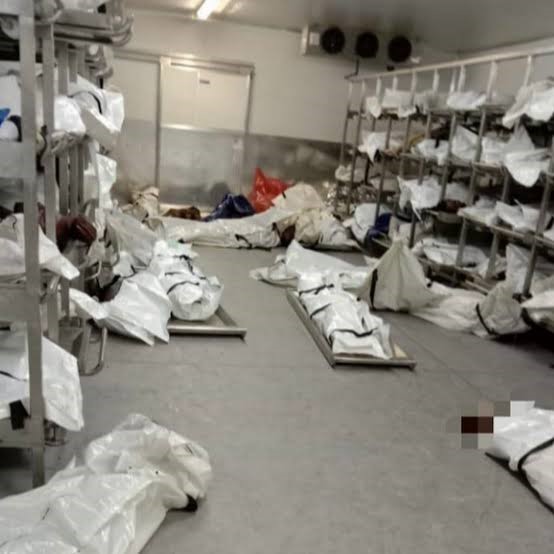
Digital Fingerprint for Pathology Services
The idea of the solution came after a Pathology Services official was part of the repatriation team that went to Nigeria to collect the mortal remains of those that died after the collapse of a church building in 2014. The challenge observed here was that families had to wait a long time to get closure on the identity of their loved ones. This is the same challenge that faces forensic pathology services where families wait a long time for DNA or fingerprint verification on bodies that cannot be identified using facial recognition. In addition to this, there was also a challenge of unidentified bodies that were piling up in mortuaries. The solution to deal with this challenge was a biometric solution that was the outcome of collaboration between CSIR and Bronkhorstspruit Pathology Services
Date: 2025/08/06
Version: 0.1
Tags:
Pathology Services
Biometrics
Unidentified Deceased Bodies
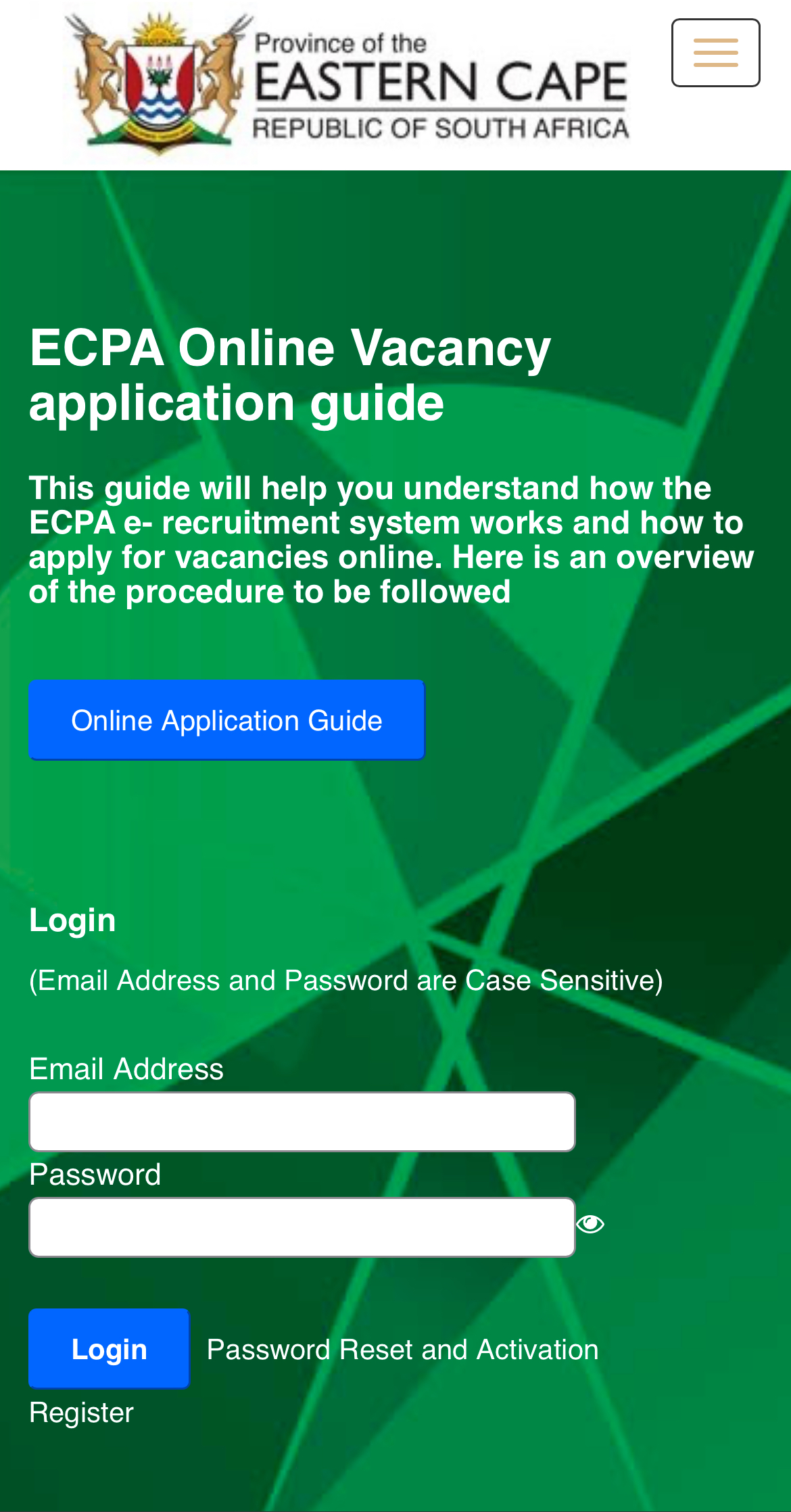
E-Recruitment System, Eastern Cape Province
The main reason for developing the e-recruitment system was to improve the turnaround time of the whole recruitment process which was a long period due to the process of typing a Masterlist, using an Excel spreadsheet. Masterlist was delaying the recruitment process since some jobs had more than 2000 applicants. This required more resources in terms of personnel and time. As each applicant applies for a job, the Z83 and masterlist is generated by the system, Recruitment officials can view applicant profiles and download the applicants’ files for the job before and after the closing date.
Date: 2025/08/04
Version: 0.1
Tags:
E-Recruitment
HRM Solution
Government In-house Solution
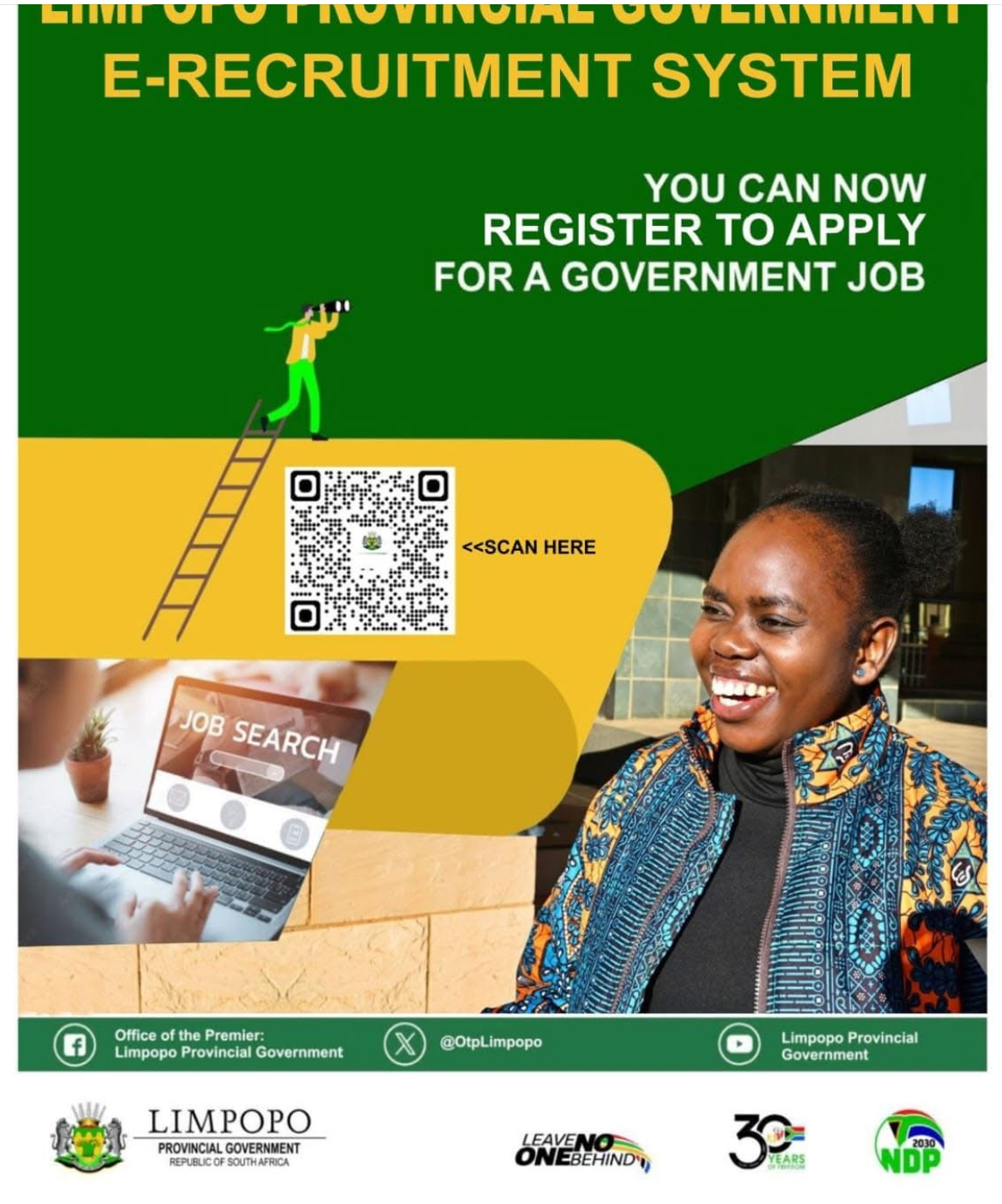
E-Recruitment System, Limpopo Province
The E-Recruitment Platform started to address inefficiencies in the recruitment processes which were manual and time consuming. The traditional method of managing job vacancies and applications were manual, which resulted in delays and created an administrative burden. Based on the STATS SA e-Recruitment model, the system introduced key innovations that streamline recruitment processes. The system allows for efficient publication of vacancies, automated receipt and screening of applications, and comprehensive reporting features.
Date: 2025/08/01
Version: 0.1
Tags:
HRM Solution
Government In-house Solution
E-Recruitment
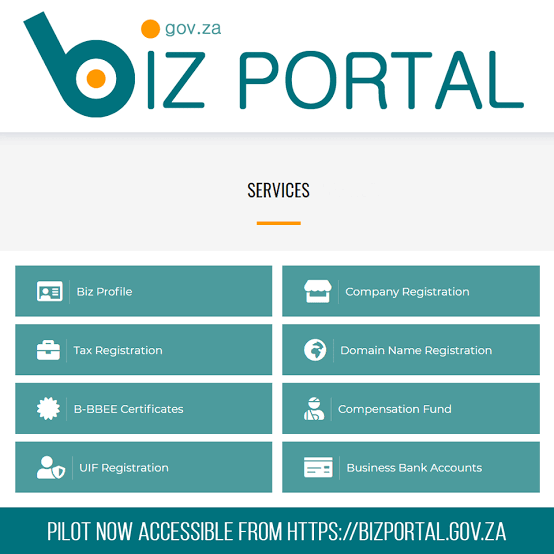
The BizPortal Platform
The BizPortal is a platform that was developed by the Companies and Intellectual Property Commission (CIPC) to offer company registration and related services in a simple, paperless, and seamless digital way. It was developed in response to the quest for improving the ease of doing business in South Africa, especially starting a business. The challenges that have been addressed through the BizPortal include a reduction in turnaround times in company registrations. According to the World Bank Report 2019, it took over 40 days to start a business in South Africa. Starting a business not only involves registering with the CIPC, but it also includes tax registration, Unemployment Insurance Fund (UIF) and Compensation Fund registration. With the introduction of the BizPortal, all these services can now be done in a single online application process that can be concluded within a few minutes or up to 24 hours.
Date: 2025/07/17
Version: 0.1
Tags:
Economic Development
Government In-house Solution
Intergrated Service Access
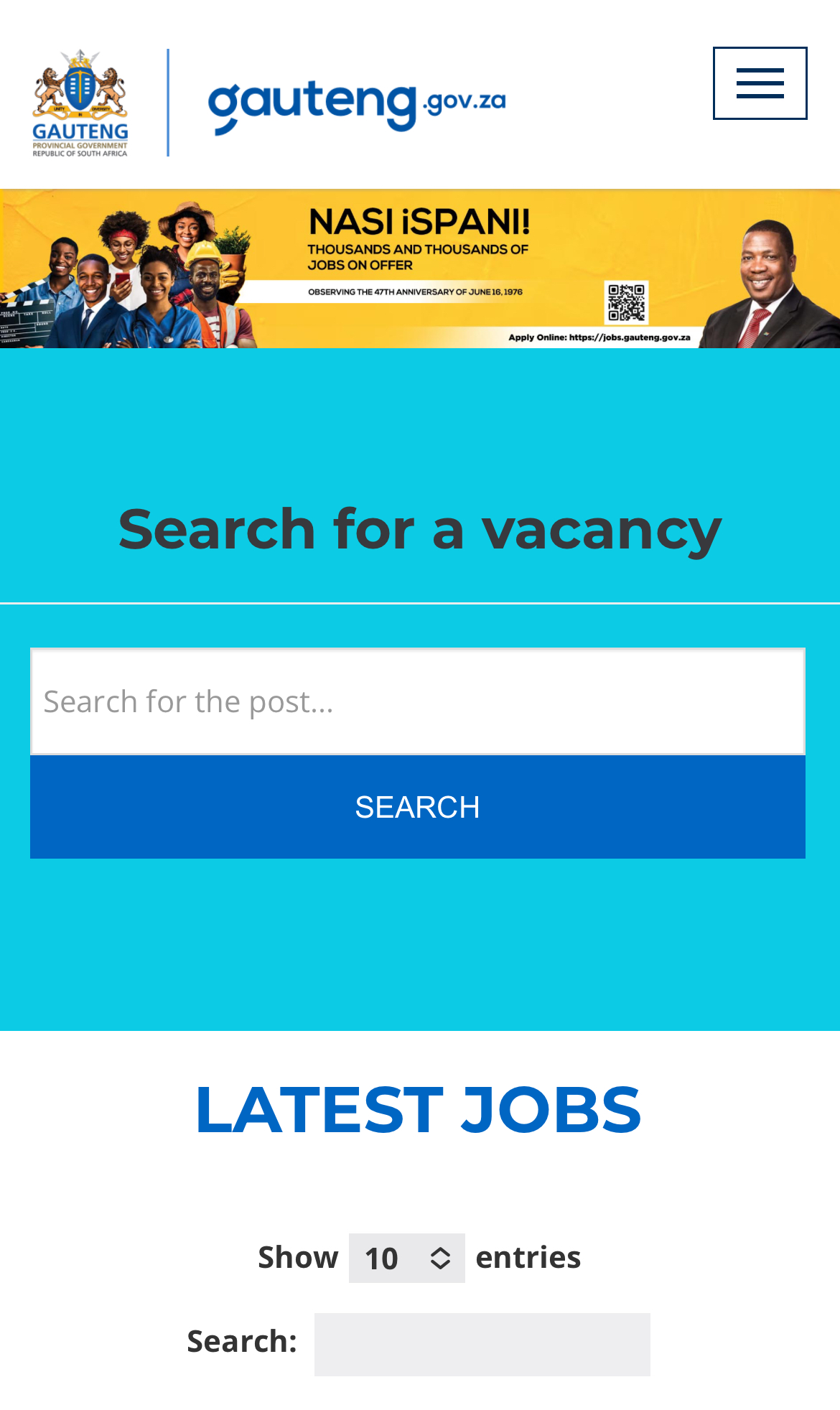
E-Recruitment System, Gauteng Province
The Gauteng E-Recruitment System covers the whole recruitment process in one platform i.e. from placement of adverts, automated creation of unique reference numbers for each advert, application with SMS notification and shortlisting criteria, electronic shortlisting capability, and Management reports on advertising expenditure, adverts placed, applications received and shortlisted per department as well as per reference.
Date: 2025/07/17
Version: 0.1
Tags:
Government In-house Solution
HRM Solution
E-Recruitment